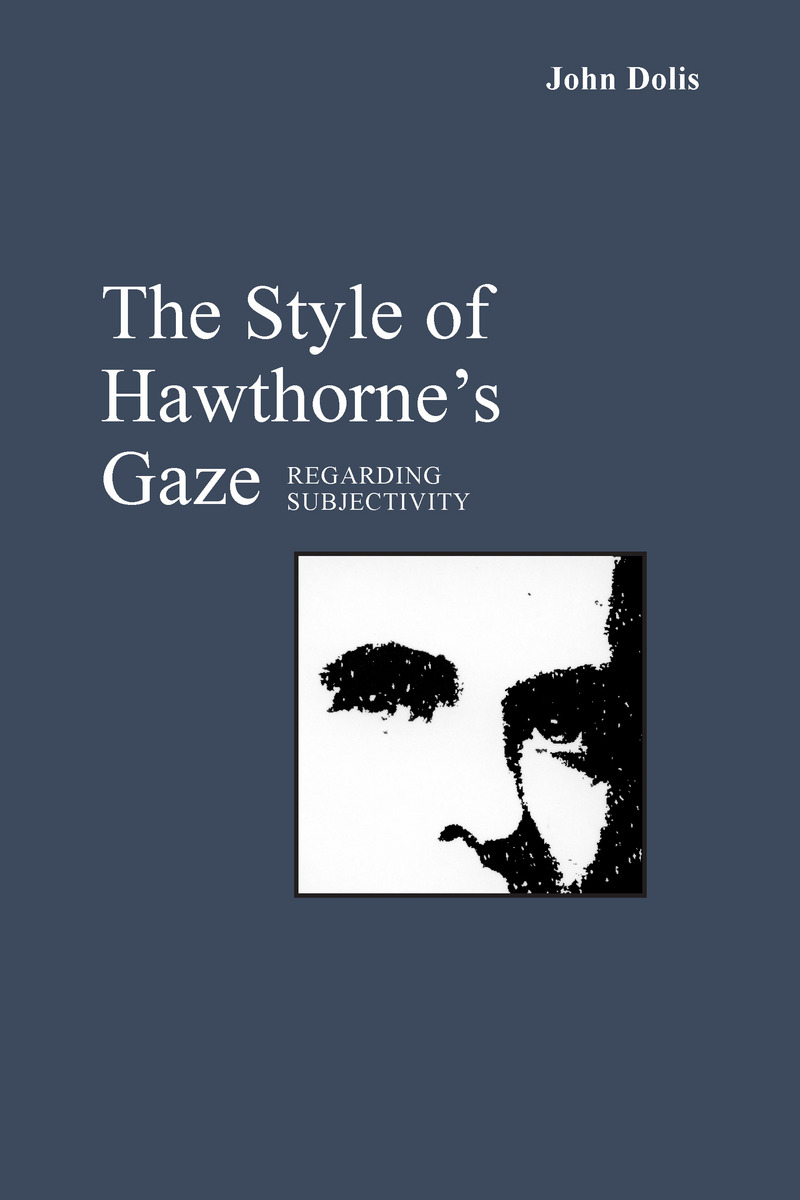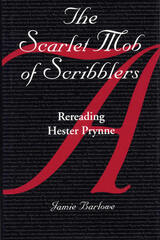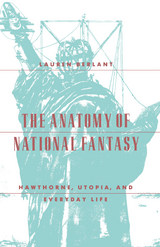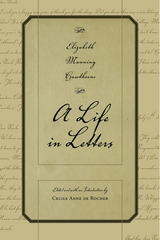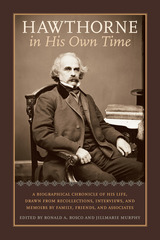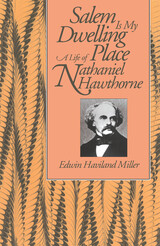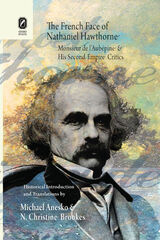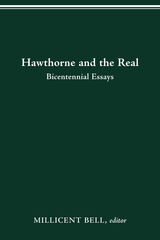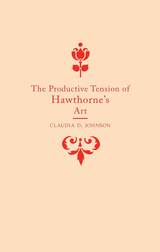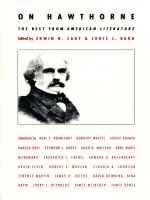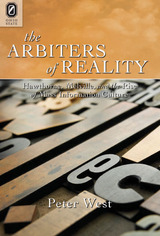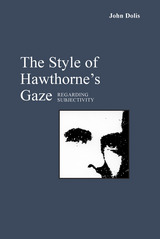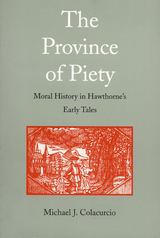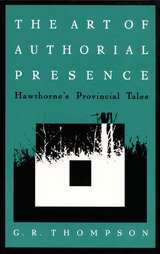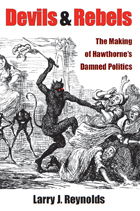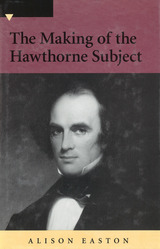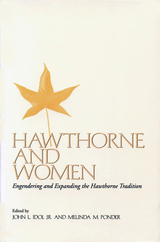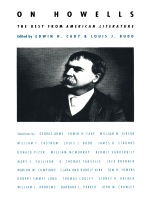Cloth: 978-0-8173-0681-6 | eISBN: 978-0-8173-8790-7 | Paper: 978-0-8173-5791-7
Library of Congress Classification PS1891.D64 1993
Dewey Decimal Classification 813.3
An exploration of Nathaniel Hawthorne’s narrative technique and unique vision of the world
The Style of Hawthorne’s Gaze is an unusual and insightful work that employs a combination of critical strategies drawn from art history, philosophy, psychoanalysis, and contemporary aesthetic and literary theory to explore Nathaniel Hawthorne’s narrative technique and his unique vision of the world. Dolis studies Hawthorne’s anti-technological and essentially Romantic view of the external world and examines the recurring phenomena of lighting, motion, aspectivity, fragmentation, and imagination as they relate to his descriptive techniques.
See other books on: Art and literature | Hawthorne, Nathaniel | Narration (Rhetoric) | Style | Technique
See other titles from University of Alabama Press
